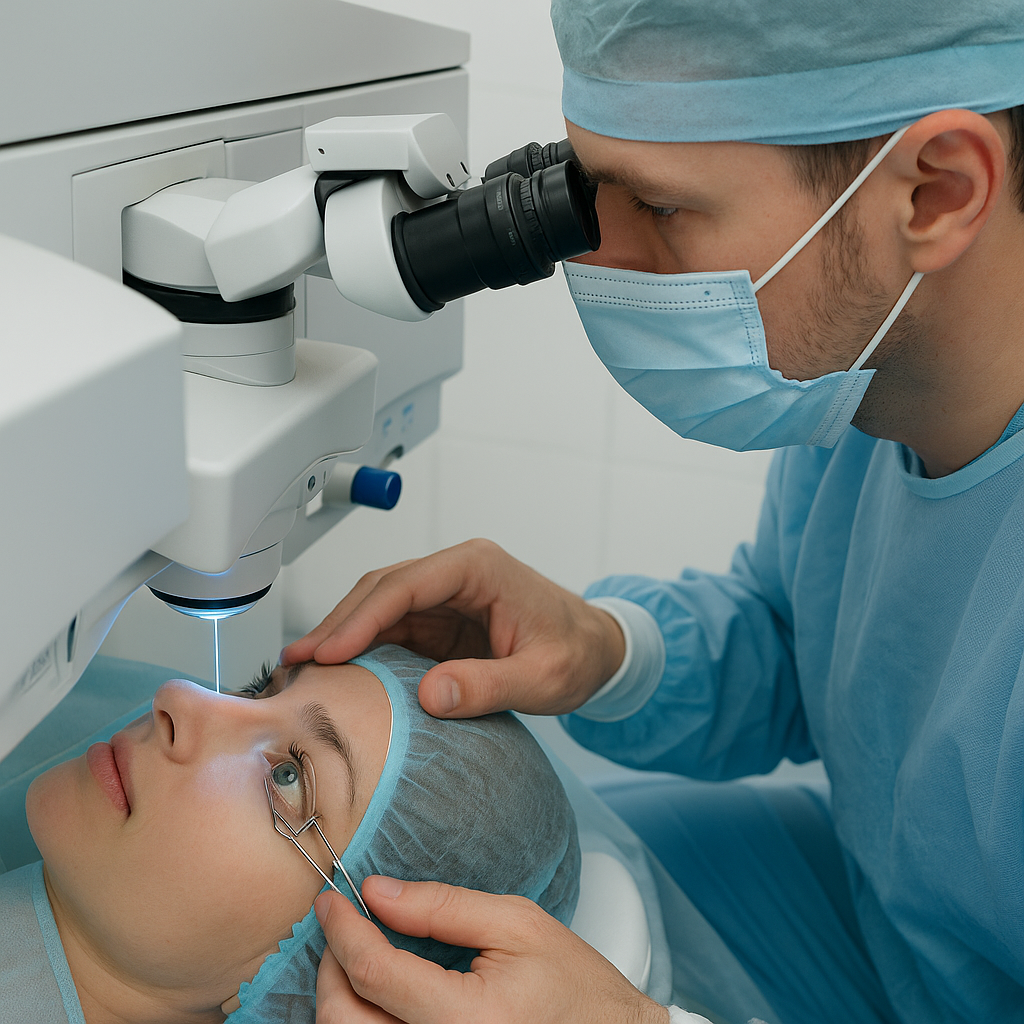Why facial contouring is a durable growth category
Facial contouring (“안면윤곽”) has matured from niche bone surgery and implants into a broad business that spans zygoma and mandibular angle surgery, genioplasty, chin and cheek implants, submental liposuction, fat grafting, and importantly injectable contouring of the jawline and midface. This variety lets providers match plans to anatomy and budget, which keeps demand resilient even when economic cycles turn. Global procedure surveys and device-market reports show steady growth in face-and-head work and a strong, multi-year expansion in the hardware and injectable revenue pools that support contouring. Clinics that describe options clearly, price transparently in USD, and publish measurable outcomes win share in both local and medical-tourism markets.
The global revenue picture: three pools you can model
1) Implants (chin, jaw, cheek)
The facial implants market was estimated at USD 2,650,000,000 in 2022 and is projected to reach about USD 5,060,000,000 by 2030 if current adoption holds. That trajectory (roughly 8.5% CAGR) reflects steady demand for structural augmentation that complements osteotomy, fat grafting, or soft-tissue work. Use it as the hardware baseline when modeling long-term surgical mix.
2) Injectables used for contouring.
Hyaluronic-acid and other dermal fillers form the largest non-surgical revenue stream for facial contouring. Reports place the global fillers market near USD 5,500,000,000 in 2024 with a path toward USD 8,240,000,000 by 2030 (about 10–11% CAGR), a pace that supports jawline, chin, and midface shaping across demographics. For planning, treat injectables as an annuity: strong initial conversion plus predictable maintenance.
3) Procedure volume backdrop.
On the surgical side, worldwide cosmetic surgery volumes continue to climb from pre-pandemic baselines. Recent statistics from major societies show year-over-year growth in overall cosmetic surgery, confirming a steady tailwind that benefits facial categories as well.
*Tip: house all options—osteotomy, implants, fat grafting, and injectables—on a single hub so patients can compare trade-offs without leaving your site. A clear example of structure is this facial contouring overview that explains candidacy, sequencing, and aftercare in one place.
Country snapshots: where facial contouring concentrates and why
United States
The U.S. remains the largest single market by total aesthetic procedures. Within face and head, the ASPS statistics report tens of thousands of core facial operations annually; cheek implants and chin augmentation each show incremental growth, and ISAPS lists 16,313 facial bone contouring procedures in the U.S. for 2023. Consumer behavior favors “natural structure” and tighter jawlines; clinics blend submental liposuction, chin augmentation, and selective osteotomies with standardized aftercare.
Brazil and Mexico
Both countries sustain high aesthetic volumes with strong surgical cultures. Mexico’s face-and-head share sits around 38.3% of its total surgical workload, while Brazil balances very high body work with a substantial facial segment. Tourism, surgeon density, and price transparency make these markets reliable demand corridors for facial contouring bundles.
Türkiye
Türkiye is one of the clearest facial-procedure hubs, with face-and-head work accounting for 48.8% of surgical procedures among plastic surgeons responding to ISAPS. Competitive pricing, streamlined concierge workflows, and large multilingual funnels drive patients toward jawline and midface changes, often combining submental lipo, buccal fat removal, and chin augmentation in a single trip.
India
India’s face-and-head share sits near 42.4% of surgical procedures, supported by urban private hospitals, rising middle-income cohorts, and a young patient base. Clinics that publish clear osteotomy pathways and offer staged, budget-aware plans (injectables first, surgery later) capture lifetime value.
South Korea
Korea combines surgeon density with a long tradition of skeletal contouring, including zygoma reduction and mandibular angle reduction. Academic reviews have documented technique evolution and patient selection principles, and national figures confirm Korea’s growing role as a medical-tourism hub (the Ministry of Health and Welfare reported 1,170,000 foreign patients in 2024). For international marketing, emphasize planning rigor, imaging, and revision safety—areas where Korean centers often excel.
Europe (Germany, France, Spain, Italy)
These markets post high non-surgical volumes with steady facial surgery demand. Germany, for example, records a large injectables segment alongside a meaningful face-and-head surgical share, which supports hybrid service lines (filler-supported osteotomy, implant plus fat grafting).
Medical tourism lens. ISAPS estimates show medical-tourism exposure across many countries, with a worldwide median around 10% of cases and far higher shares in certain destinations. If you operate cross-border funnels, build for clarity: visa letters, recovery calendars, and virtual follow-ups tied to time zones.
Demand drivers you can act on this quarter
First, social and video norms have locked the jawline into the modern “first impression.” Patients want definition that reads well on camera without looking operated. Second, weight-loss medication adoption has shifted some volume toward lower-face tightening and structure restoration, which keeps chin and submental work in focus. Third, a “natural structure” aesthetic favors smaller, smarter changes—fine-tuned osteotomy, slimmer zygomatic arches for select faces, and conservative implants augmented by fat grafting—over conspicuous size jumps. Finally, the refillable nature of contouring injectables creates steady touch-points that feed surgical pipelines when anatomy or longevity calls for bone work. (Pair these insights with the country shares above to prioritize markets.)
Product and service mix: a business blueprint for facial contouring
Build a modular menu. Offer three clear tracks: (A) skeletal contouring (zygoma, mandibular angle, genioplasty, sliding or setback plans); (B) structural augmentation (chin/cheek implants, fat grafting); (C) injectable contouring (jawline, chin, prejowl, midface). Patients move between tracks as their needs evolve; you capture both one-time and recurring revenue.
Sequence care to compound outcomes. Start with submental fat control or skin-quality work when appropriate, then progress to implants or osteotomy for durable structure. Publish the sequencing logic on your hub so expectations are set before consult.
Standardize imaging and simulation. Pre-op photos, cephalometrics when indicated, and 3D visualization close knowledge gaps and reduce indecision. Record settings and decisions in the quote packet; this improves conversion and reduces regret.
Package for travel. Combine surgery, garments, meds, hotel partners, and virtual follow-ups in one USD price. Do the same for non-surgical bundles (three-visit injectable contouring plans plus skin quality maintenance). Embed those packages on your hub—again, a single, transparent page sets the tone.
Pricing, KPIs, and ops that improve margins without discounting
Price with components, not ranges. List facility, anesthesia, implants or osteotomy fees, and aftercare separately. For injectables, show unit price and a typical plan for jawline or chin so patients can forecast maintenance.
Track the right funnel metrics. Watch consult-to-surgery rate, average case value, refund rate, and time-to-surgery after consult. For injectables, monitor return interval and upgrade rate to surgery.
Run a weekly review. Look at photo-verified outcomes, parameter adherence (for adjunctive energy work), and complication logs. Small, continuous improvements deliver more ROI than sporadic ad bursts.
Country-specific strategy cues
U.S. Lead with choice and safety. Publish side-by-side comparisons of chin implant vs. sliding genioplasty and show how submental lipo integrates. Quote outcomes like cheek and chin implant counts in national statistics to educate without hype.
Türkiye and Mexico. Compete on playbook, not price. Patients fly for clarity: fixed itineraries, nurse check-ins, and day-by-day recovery calendars in their language. Leverage the high face-and-head procedure share with content that details osteotomy planning, imaging, and revision policies.
South Korea. Emphasize technique depth in zygoma and mandibular angle surgery, plus surgeon volume and complication management. Pair this with transparent medical-tourism logistics; the national foreign-patient rebound supports multi-language funnels and structured post-op telehealth.
India. Focus on value-engineered pathways for a young demographic: staged injectable contouring with clear upgrade paths to implant or osteotomy when patients seek durability. Cite the high face-and-head share to validate the service line.
Germany/France/Italy/Spain. Lead with hybrid plans and conservative aesthetics; large injectables markets in these countries make “test-drive” contouring a smart first step before structural changes.
Bottom line
Facial contouring’s business value rests on three pillars: a growing global base for implants and devices, a large and expanding injectable annuity that feeds surgical pipelines, and a sustained rise in face-and-head surgical volumes across key countries. Markets differ in mix Türkiye and India skew more facial by share; the U.S. is largest by absolute counts; South Korea anchors premium skeletal work and medical tourism but, the direction is consistent. Build clear, modular offerings; publish the plan and the proof; and measure the funnel like an operator. Do those things well, and facial contouring becomes a reliable engine for both revenue and reputation.





